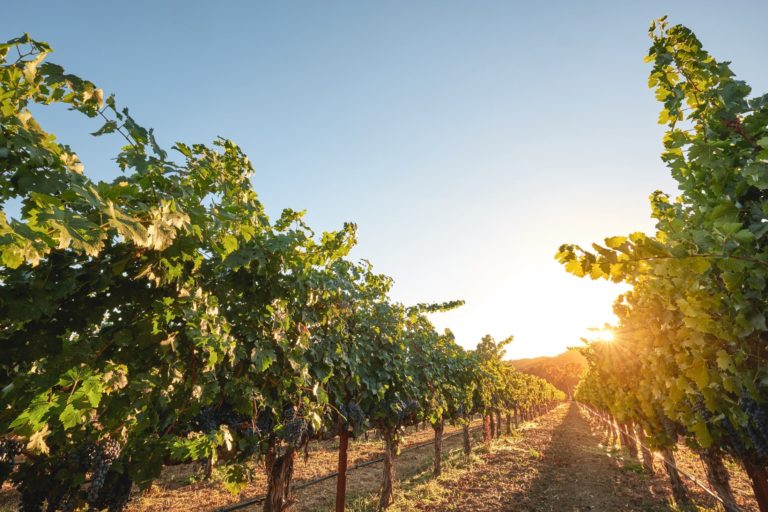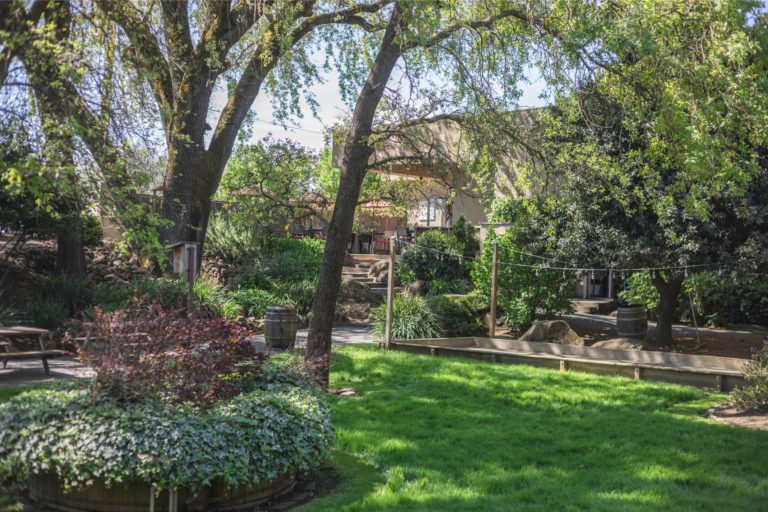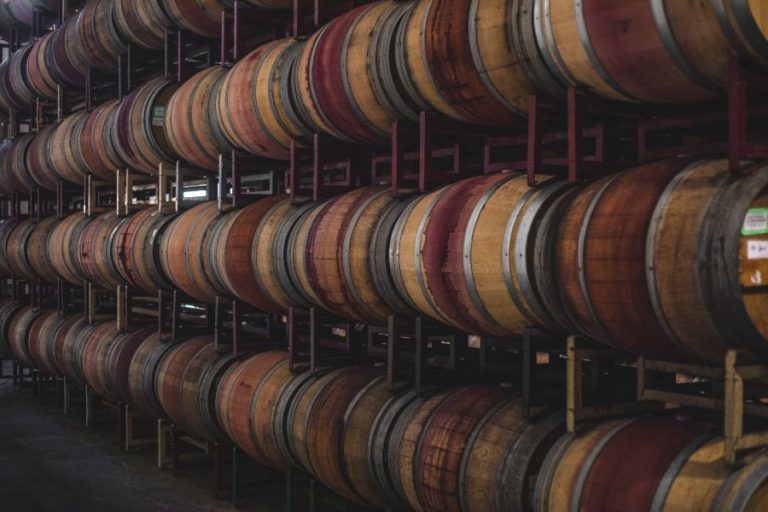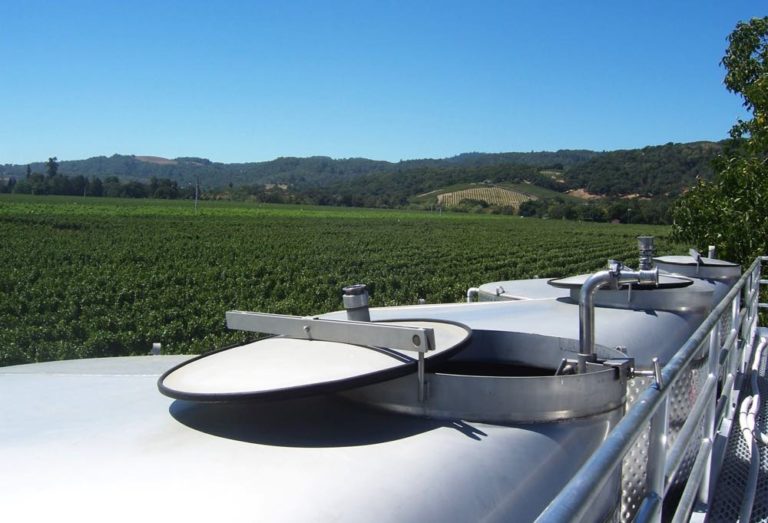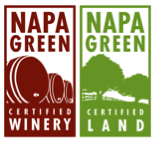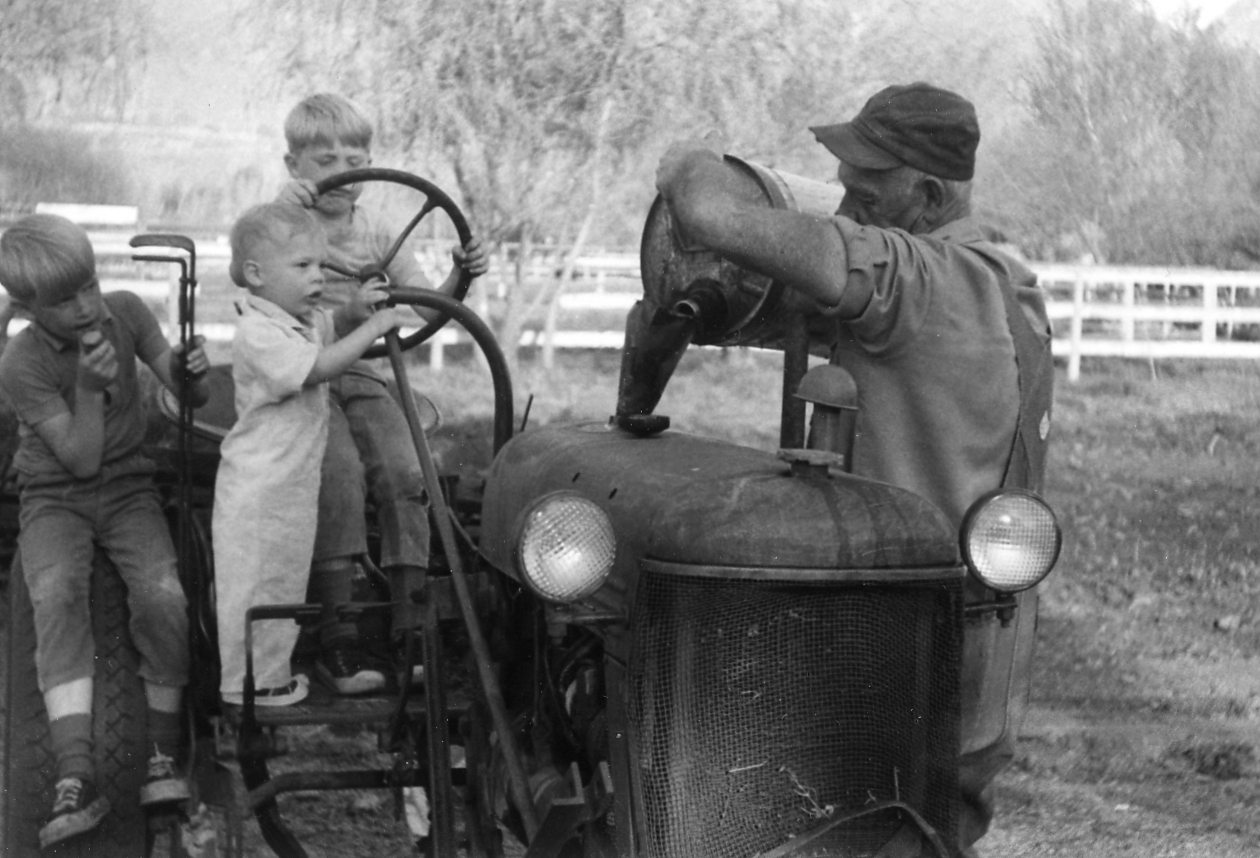
Our History
In 1968 the perfect spot to grow Cabernet Sauvignon was located in the Southwest corner of the Napa Valley right along Dry Creek.
I n 1968 a walnut orchard in the Southwestern corner of Napa Valley, in what is now the AVA of the Oak Knoll District, was converted to Cabernet Sauvignon vineyards by Bruce Newlan, a rocket scientist from San Jose who vacationed in Napa Valley. The roots of Silenus Winery were firmly established.
The choice of locating in the Oak Knoll District (OKD) was very deliberate. The OKD lies at the southern end of the Napa Valley where the growing season is longer, providing early bud break and a long, leisurely growing season for optimal, balanced ripeness.
The cooler nights and slowly rising daytime temperatures create a naturally long hang time for fruit to achieve bright acidity, great texture, fruit-forward aromas and elegant flavors.
Through the 1970’s the grapes from this vineyard were sold to Silver Oak, Robert Mondavi, and Inglenook wineries and consistently ended up in their reserve wines.
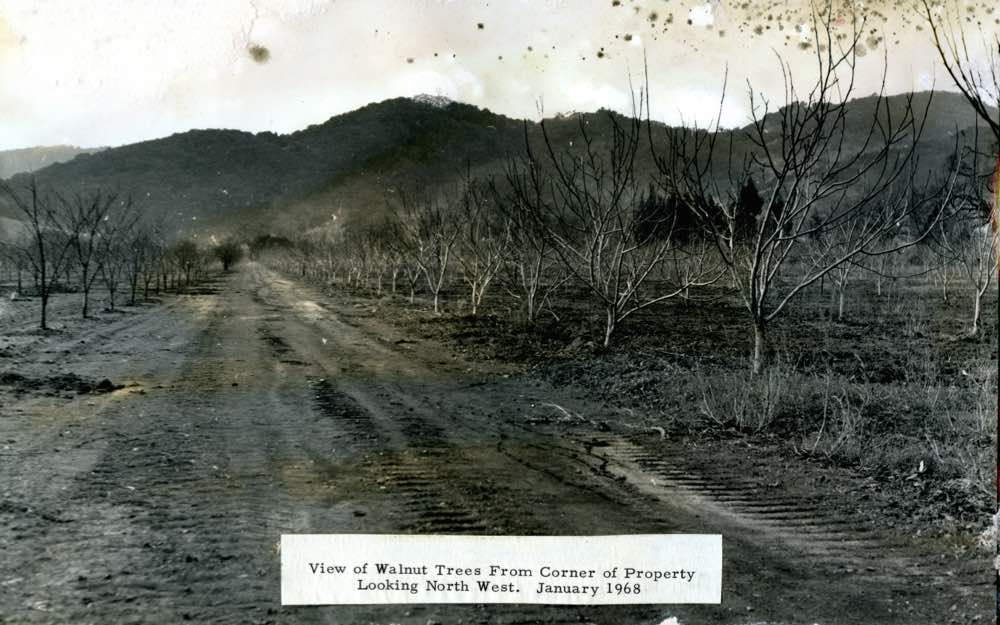
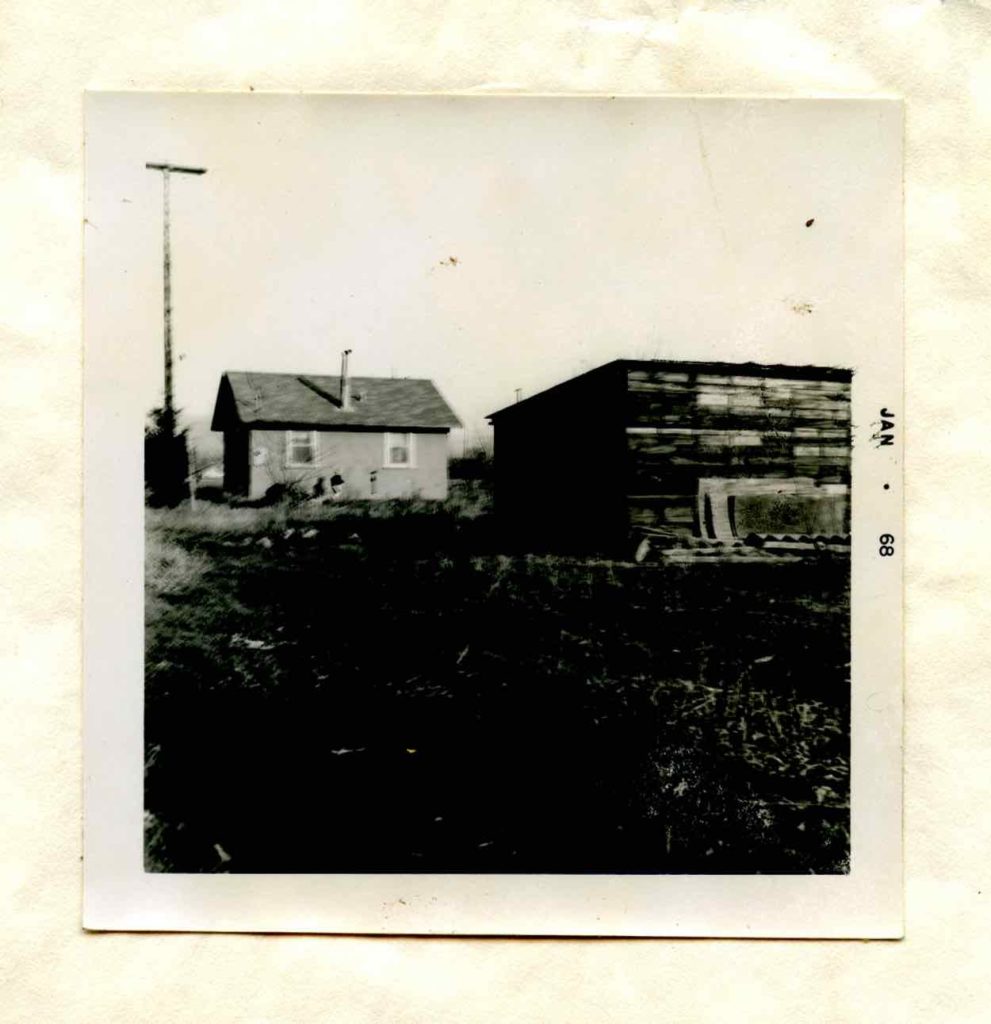
Realizing the stellar-quality wine this 20-acre vineyard produced, Newlan obtained a winery permit in 1978 and began producing his own award-winning wines. In 2008 the ownership changed and the first vintage of Silenus Wines were introduced.
Silenus Wines are now available internationally and in the United States. The winery remains committed to crafting wines that showcase our vineyards and the Oak Knoll District of Napa Valley.

Our Vineyards
In 1968 the perfect spot to grow Cabernet Sauvignon was located in the Southwest corner of the Napa Valley right along Dry Creek.
This area is now designated the Oak Knoll District of Napa Valley AVA (American Viticultural Area), and is one of the most diverse growing regions in the Napa Valley. The proximity to the San Pablo Bay provides the fruit with warm days and cool nights.
It has a perfect convergence of growing conditions, the mildest climate in the Napa Valley, alluvial soils that provide the right balance of nutrients, and the longest growing season in Napa Valley that results in full and complex development in the grapes. The result is a lush, balanced and deeply rich wine.
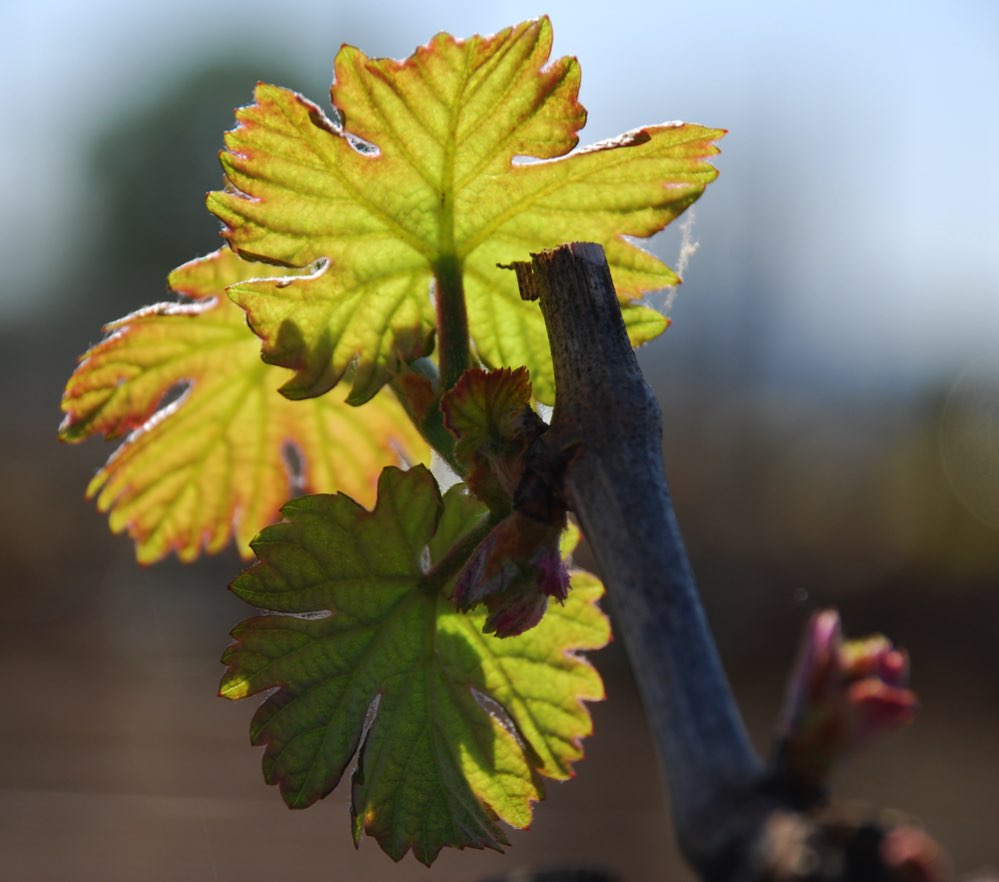
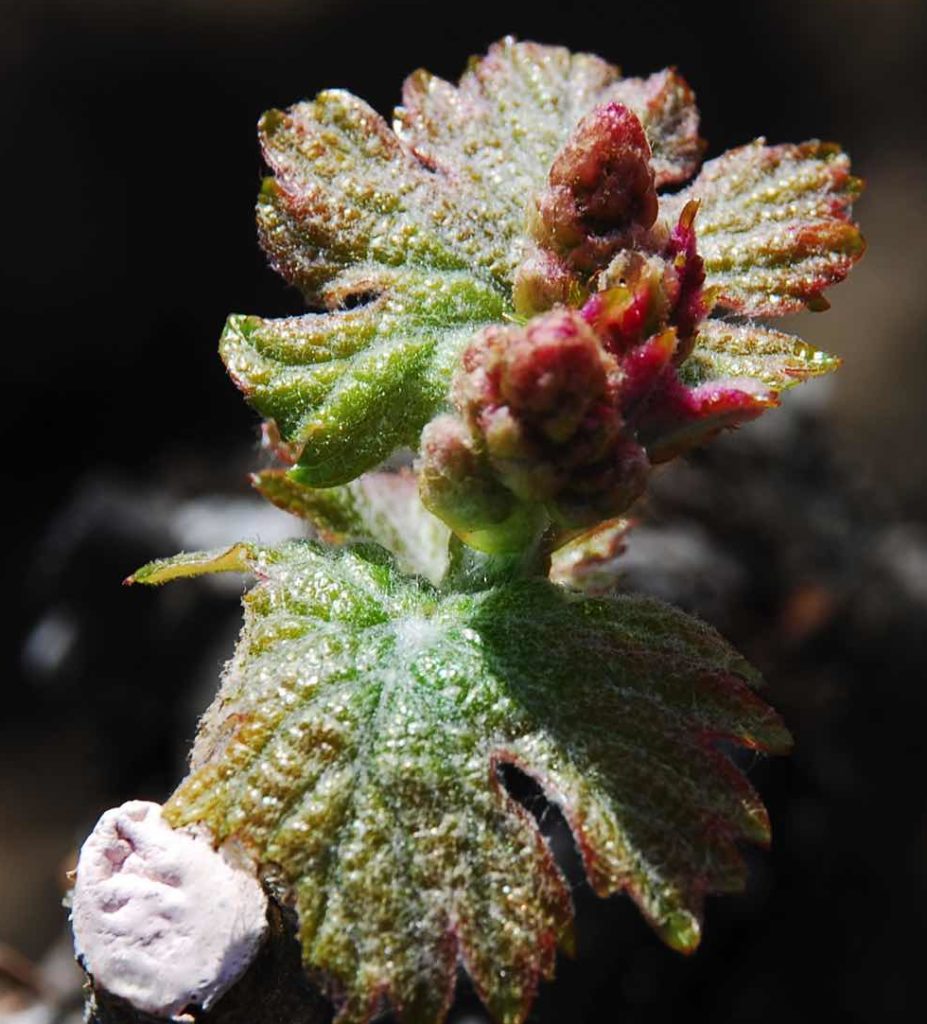
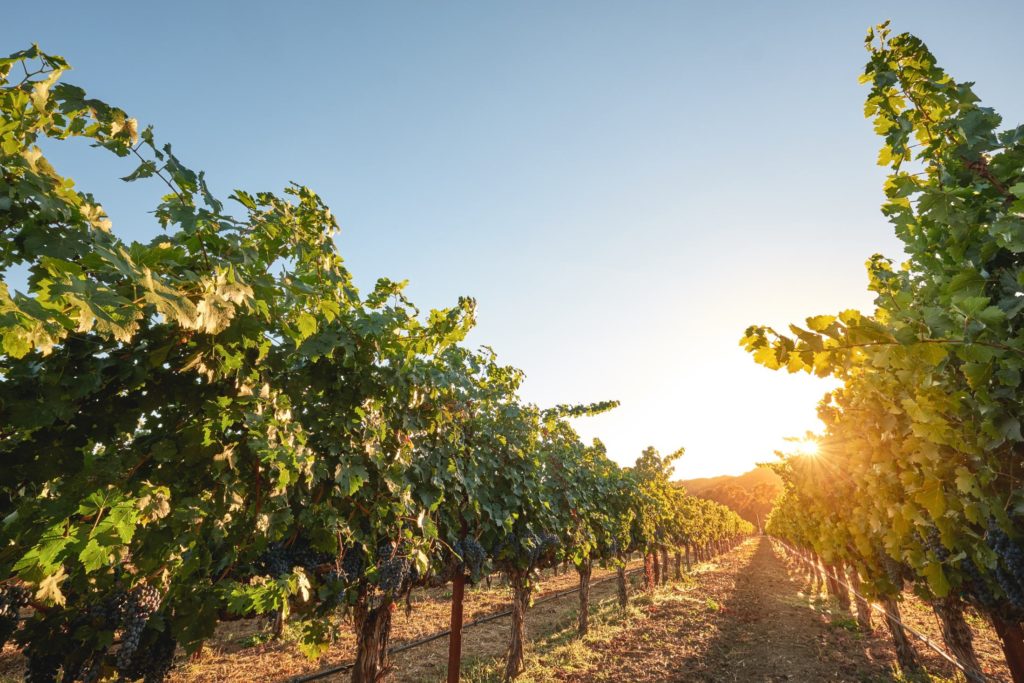
1968–2008 Grape Sales
The land was originally home to a walnut orchard but had all the right characteristics to grow world-class grapes. The orchard was purchased, the walnut trees torn out, and vines were planted on St. George rootstock. As the vines grew and gained strength and maturity, a portion of the grapes were sold to Robert Mondavi Winery, Silver Oak, and Inglenook Winery from 1970 through 2002 and consistently were part of their reserve wines.
1992 Phylloxera Strikes
In 1992 the vineyards, as in all of Napa Valley, began to show the effects of phylloxera, a microscopic aphid that lives on and eats the roots of grape vines, so the vineyards needed to be replanted on different, phylloxera-resistant rootstock. Robert Mondavi so loved the grapes from this vineyard that, at his expense, he offered his crew to assess the vineyard and help establish a replanting plan that would include the most appropriate rootstocks for the soils and the best Cabernet Sauvignon clones for the wine.
1993–1994 Replanting
In 1993, the first sections of the vineyard were replanted on 101-14 rootstock with Cabernet Sauvignon clone 337 and 15 and 1103P rootstock for clone 8. The following year the remaining sections were replanted on 3309 rootstock with clones 15, 4 and 337. These vineyards are still vigorous today and are consistently producing the highest quality grapes year in and year out.
Sustainability
A Story of Restoration through Carbon Sequestration
Silenus Winery has been employing healthy environmental practices for many years. The winery firmly believes that sustainable practices for our vineyards and vineyard workers contribute to a better wine and a better life.
Recently Silenus has become one of the first Napa Green properties (the sustainability program from Napa Valley Vintners) to develop a Carbon Farm Plan for the vineyards to become Carbon Neutral. This type of regenerative farming has become the gold standard in sustainability and healthy farming. As other types of farming (organic or biodynamic) maybe be healthy for the grapes, they do not address the use of many fossil fuels or do not consider the backbreaking work that can be required of vineyard workers.
At Silenus the winery practices carbon sequestration, also known as carbon farming, the primary way for a vineyard to become carbon neutral. In addition to replacing fossil fuels with clean energy, Silenus also creates conditions for plants to retain as much carbon in the ground as possible versus releasing it into the atmosphere. This is accomplished primarily by planting specific cover crops in the vineyard in every other row, eventually plowing them back into the soil. Alternating the rows every other year means that the tractor is used half as much, yet the legume heavy blend consistently adds beneficial nitrogen back to the soil which helps with photosynthesis. This lessens the carbon footprint dramatically, as it acts as a natural fertilizer while helping to retain water which means less energy and more sequestration.
This type of farming is supplanted with several other efforts, each aimed at reducing CO2 output. The winery is replanting a grape parcel that lies next to Dry Creek from a producing vineyard to a riparian buffer of native trees, plants and grasses. These local plants help to eliminate invasive species which create problems. In addition, a natural compost (which includes spent skins and seeds from the grapes) is added to the vineyard soil which additionally helps to reduce many tons of carbon.
The efforts at Silenus Winery for Carbon Sequestration have neutralized the carbon footprint of the winery, and has had the net effect of removing 886 tons of carbon from the atmosphere annually, equivalent of taking 188 typical cars off the road for a year – every year, while enhancing our vineyard practices and quality.

Sustainability
Silenus Winery Sustainability Statement
Silenus Winery takes its responsibility to be good stewards of the land very seriously and have since our founding in 1968. Sustainability encompasses much more than ordering recycled office paper or reducing pesticides in the vineyard – it is an ongoing, dynamic process all staff participate in daily. Being sustainable means running our winery in a manner that puts the health of the planet and well-being of our people in the the forefront of our thinking. We do this each day with every decision we make. We are inspired by our neighbors and fellow wineries in the Napa Valley.
A Story of Restoration through Carbon Sequestration
Silenus Winery has been employing healthy environmental practices for many years. The winery firmly believes that sustainable practices for our vineyards and vineyard workers contribute to a better wine and a better life.
Recently Silenus has become one of the first Napa Green properties (the sustainability program from Napa Valley Vintners) to develop a Carbon Farm Plan for the vineyards to become Carbon Neutral. This type of regenerative farming has become the gold standard in sustainability and healthy farming. As other types of farming (organic or biodynamic) maybe be healthy for the grapes, they do not address the use of many fossil fuels or do not consider the backbreaking work that can be required of vineyard workers.
At Silenus the winery practices carbon sequestration, also known as carbon farming, the primary way for a vineyard to become carbon neutral. In addition to replacing fossil fuels with clean energy, Silenus also creates conditions for plants to retain as much carbon in the ground as possible versus releasing it into the atmosphere. This is accomplished primarily by planting specific cover crops in the vineyard in every other row, eventually plowing them back into the soil. Alternating the rows every other year means that the tractor is used half as much, yet the legume heavy blend consistently adds beneficial nitrogen back to the soil which helps with photosynthesis. This lessens the carbon footprint dramatically, as it acts as a natural fertilizer while helping to retain water which means less energy and more sequestration.
This type of farming is supplanted with several other efforts, each aimed at reducing CO2 output. The winery is replanting a grape parcel that lies next to Dry Creek from a producing vineyard to a riparian buffer of native trees, plants and grasses. These local plants help to eliminate invasive species which create problems. In addition, a natural compost (which includes spent skins and seeds from the grapes) is added to the vineyard soil which additionally helps to reduce many tons of carbon.
The efforts at Silenus Winery for Carbon Sequestration have neutralized the carbon footprint of the winery, and has had the net effect of removing 886 tons of carbon from the atmosphere annually, equivalent of taking 188 typical cars off the road for a year – every year, while enhancing our vineyard practices and quality.
In addition to these efforts, in 2012 Silenus Winery installed 25 custom-built bluebird birdhouses. Studies have shown that bluebirds can eat up to 85% of the pests that cause problems in vineyards. By encouraging bluebirds to nest on our property we eliminate the need to use pesticides in our vineyards. For almost a decade we have had our lovely bluebird tenants that come back every year to help protect our vines and keep the place lively.
What is Napa Green
Not everyone who visits the Napa Valley may know that in 1968 local leaders had the foresight to recognize that the only way to protect the valley from future over development was to create America’s first Agricultural Preserve. That is the reason large swaths of the Napa Valley remain planted to vineyards, making the Napa Valley a slice of paradise unique to the world.
Napa Green is a comprehensive sustainability certification program for vineyards and wineries in the Napa Valley. Soil-to-bottle stewardship includes protecting and restoring the Napa River watershed; saving energy and water; reducing waste and carbon footprint; and being conscientious employers and good neighbors. Independent, third-party certification of farms and winemaking facilities makes Napa Green one of the most rigorous sustainability accreditations the wine industry offers.
